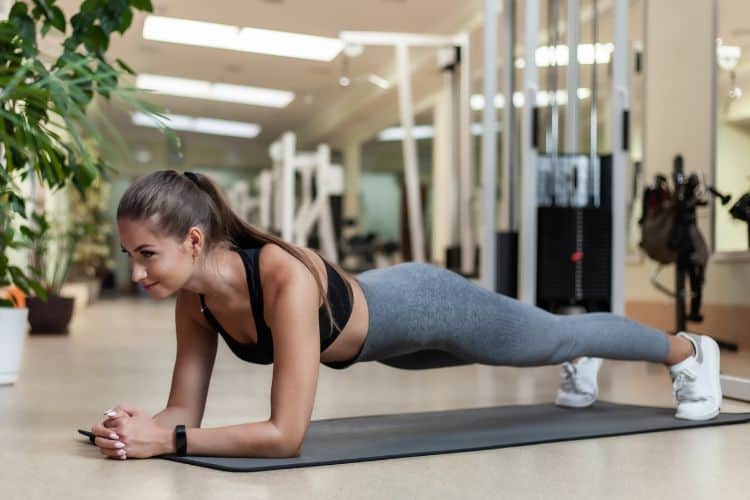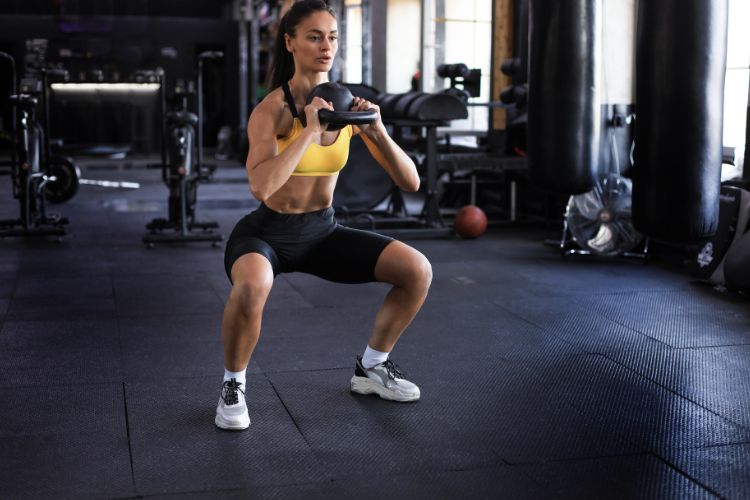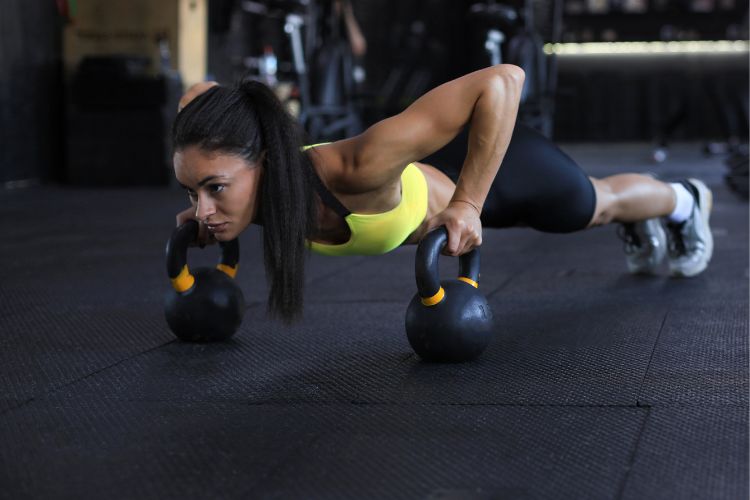Sign up for workout ideas, training advice, reviews of the latest gear and more.






In recent years, high-intensity interval training (HIIT) has become one of the most popular and effective workout trends for women. Whether you’re aiming for weight loss, improved cardiovascular health, or overall fitness, HIIT offers a time-efficient and powerful way to achieve your goals. This article will delve into everything you need to know about HIIT workouts for women, including their benefits, sample routines, and tips for maximizing results.
High-intensity interval training (HIIT) is a form of cardiovascular exercise that alternates between short bursts of intense activity and periods of lower-intensity recovery or rest. The goal is to push your body to its limits during the high-intensity intervals, followed by a brief recovery period. HIIT sessions typically last between 15 and 30 minutes, making them a convenient option for women with busy schedules.
One of the most well-known benefits of HIIT is its ability to burn calories in a short amount of time. HIIT increases your metabolic rate even after the workout is over, a phenomenon known as excess post-exercise oxygen consumption (EPOC). This means you continue to burn calories for hours post-workout.
HIIT is highly effective at improving heart health. The alternating intensity levels challenge your heart and lungs, enhancing their efficiency over time. This can lead to lower blood pressure and improved circulation.
HIIT workouts often incorporate strength-training exercises like squats, lunges, and push-ups. This helps build lean muscle mass, which not only improves overall strength but also boosts metabolism.
For women juggling work, family, and personal commitments, HIIT offers a quick yet effective workout option. You can achieve significant fitness results with just 20 minutes of HIIT, making it easier to stick to a regular routine.
Whether you’re a beginner or an experienced athlete, HIIT can be tailored to suit your fitness level. The intensity of the exercises can be adjusted, ensuring that everyone can benefit from this training method.
A proper warm-up is essential to prepare your body for the intensity of a HIIT workout. Spend 5-10 minutes performing dynamic stretches or light cardio, such as jogging or jumping jacks, to increase your heart rate and loosen your muscles.
The core of HIIT lies in its high-intensity intervals. These should be performed at 80-95% of your maximum effort. Exercises can include sprinting, burpees, mountain climbers, or kettlebell swings. Each interval typically lasts between 20-60 seconds.
Recovery periods allow your body to partially recover before the next high-intensity burst. These can be active, such as walking or light jogging, or passive, where you rest completely. Recovery intervals usually last as long as or slightly longer than the high-intensity intervals.
End your workout with a 5-10 minute cool-down session to lower your heart rate and prevent muscle stiffness. Stretching exercises targeting major muscle groups are highly recommended.
Duration: 15 minutes
Duration: 20 minutes
Duration: 25 minutes
Maintaining proper form is crucial to prevent injuries and maximize the effectiveness of each exercise. Start slow if you’re new to HIIT and gradually increase intensity as your form improves.
Invest in a reliable timer or use a HIIT app to ensure you’re adhering to the set intervals for work and rest periods. Consistency is key in HIIT training.
Incorporate strength-training exercises into your HIIT sessions to build muscle and boost calorie burn. Use dumbbells, resistance bands, or your body weight for added intensity.
HIIT workouts can be intense, so it’s essential to stay hydrated before, during, and after your session to maintain optimal performance and recovery.
While HIIT is designed to be challenging, it’s important to listen to your body. Take breaks as needed and don’t push through pain or excessive fatigue.
While HIIT is popular among athletes, it’s also suitable for beginners. The key is to adjust the intensity to match your fitness level.
HIIT offers numerous benefits beyond weight loss, including improved endurance, muscle strength, and cardiovascular health.
Many effective HIIT exercises, such as burpees and jumping jacks, require no equipment, making it accessible for home workouts.
For most women, 2-3 HIIT sessions per week are sufficient to see results. Overtraining can lead to fatigue and increase the risk of injury.
It’s not recommended to do HIIT every day as it can put a strain on your body. Alternate with low-intensity or strength-training workouts to allow for recovery.
If you’re pregnant, consult your doctor before starting or continuing HIIT workouts. Low-impact modifications may be more appropriate during pregnancy.
High-intensity interval training is an excellent workout option for women looking to improve their fitness, lose weight, or enhance overall health. Its time-efficient nature, combined with its versatility and effectiveness, makes it an ideal choice for women of all fitness levels. By incorporating HIIT into your weekly routine and following the tips provided, you can reap the numerous benefits of this powerful training method. Whether you’re a busy mom, a working professional, or simply someone looking to get fitter, HIIT can be the game-changer in your fitness journey.
Stay up to date on the latest women’s health, fitness and lifestyle trends and tips.